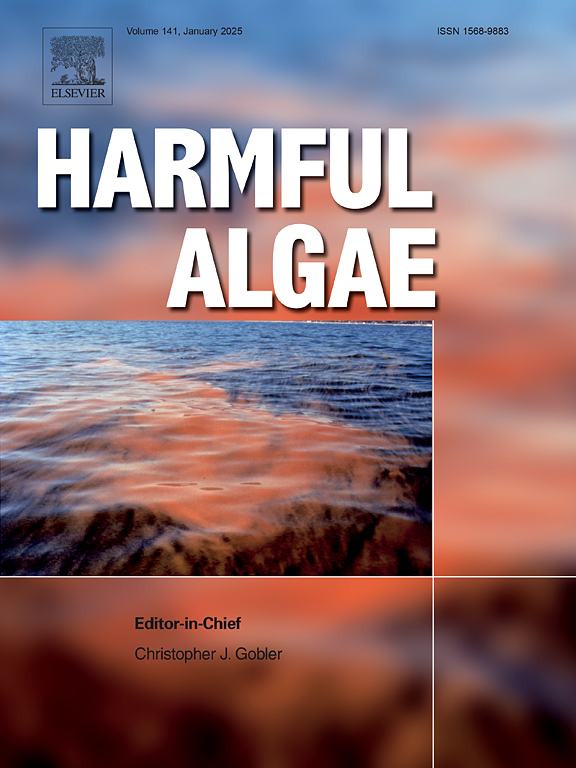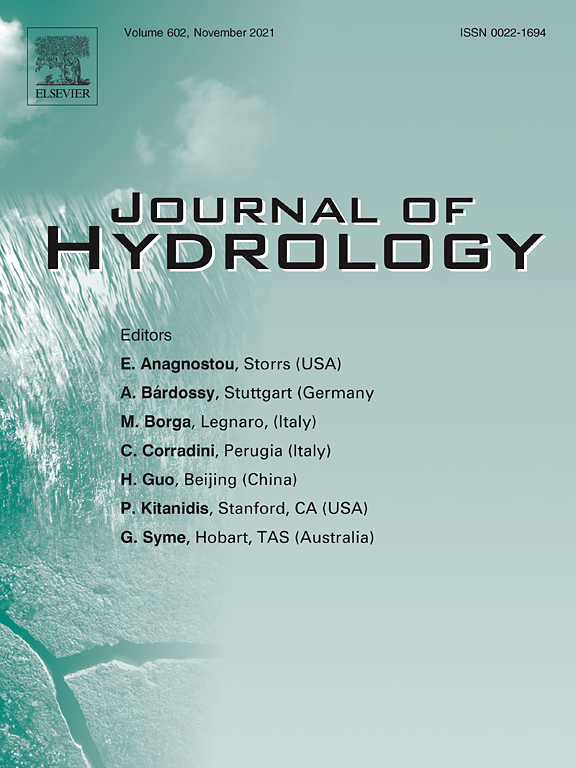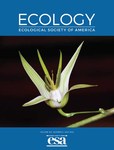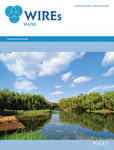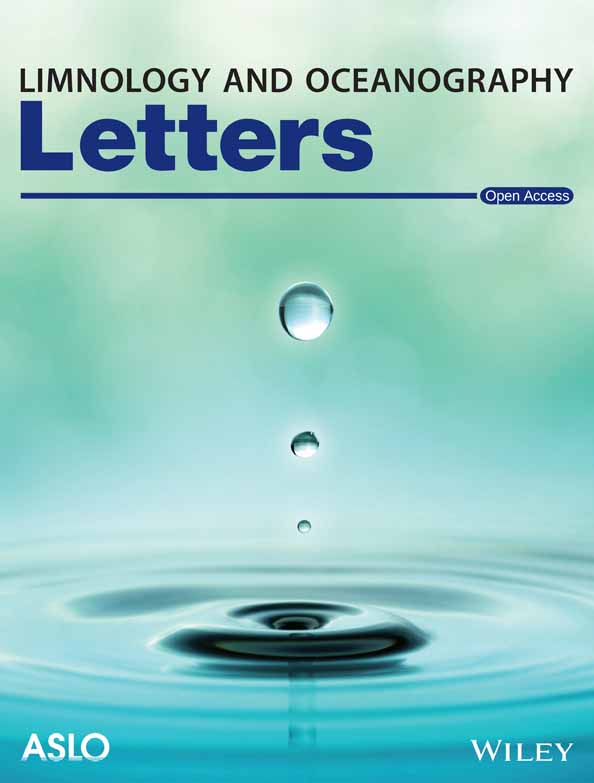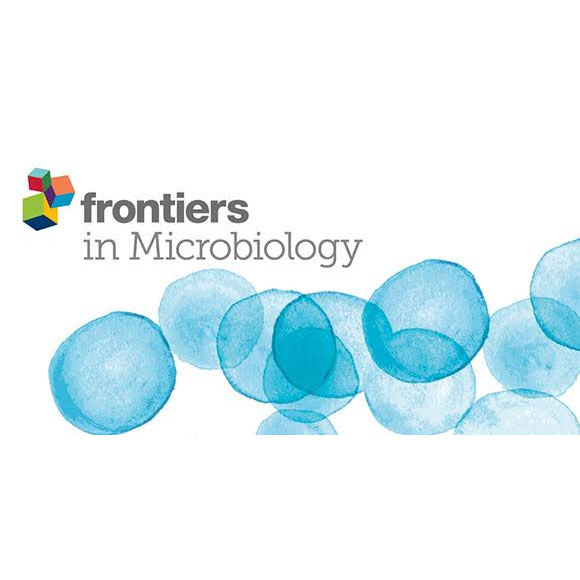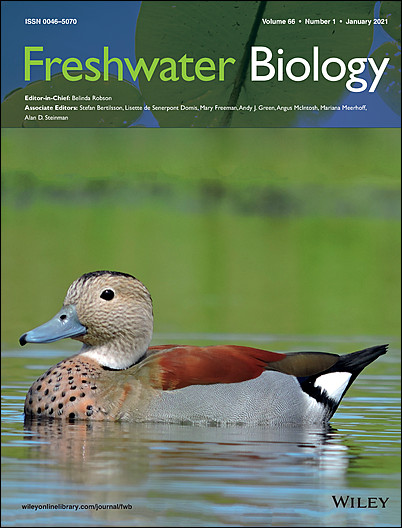Hydrological connectivity and biogeochemical dynamics in the function and management of the lower Oder floodplain
The authors investigated the role of hydrological connectivity dynamics on biogeochemistry in the Oder river-floodplain system through a multi-proxy approach to quantify water sources and ages, evaporation losses, water quality, surface water connectivity via remote sensing and sub-surface connectivity via geophysical surveys. This is important to sustain vulnerable wetlands.
Niche partitioning in a periphyton metacommunity peaks at intermediate species richness in midsized rivers
Guiding Aquatic Reptile (Chelonian and Crocodylian) Conservation in the Face of Growing Light Pollution: Lessons From Experience
The paper reviews existing knowledge on how aquatic reptiles, especially freshwater crocodilians and turtles, respond to light pollution and discusses existing mitigation strategies. Learning from measures that have proven effective for related taxa, such as sea turtles, could be useful in setting up initial measures to protect freshwater reptiles against light pollution.
Tried and true vs. shiny and new: Method switching in long-term aquatic datasets
There is a shortage of discourse regarding the best practices in switching methods for long-term data collection in aquatic ecosystems. In this paper, factors that contribute to the successes and failures of method switches are discussed. The authors present three case studies that demonstrate successful method switching and then outline best practices for maintaining data integrity.
Identification of Shemin pathway genes for tetrapyrrole biosynthesis in bacteriophage sequences from aquatic environments
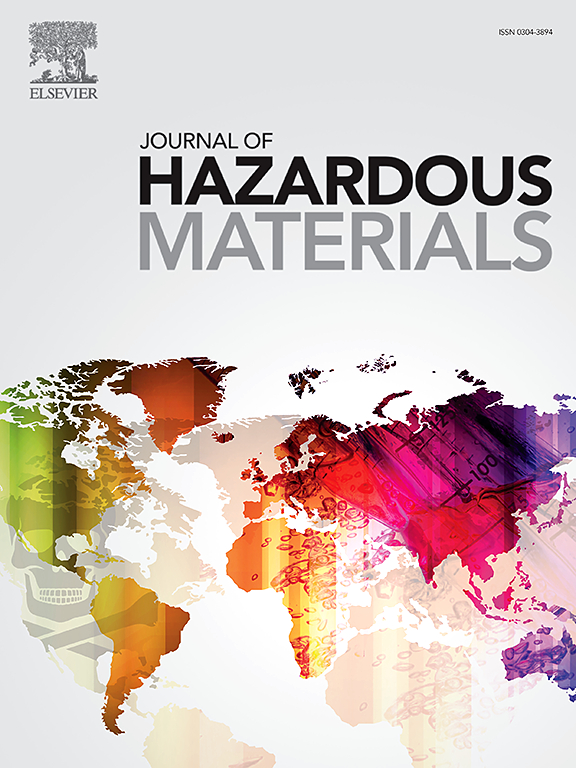
Size, shape, and elemental composition as predictors of microplastic surface erosion
Differential microbiome features in lake–river systems of Taihu basin in response to water flow disturbance

Tire wear particles enhance horizontal gene transfer of antibiotic resistance genes in aquatic ecosystems
Contrasting Effects of Increasing Invasive Crayfish Densities on Competing Submerged Macrophytes in Shallow Lakes
